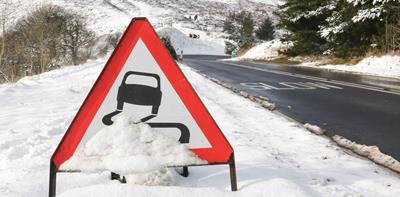
When you’re driving and approach a pedestrian crossing, do you ever have a moment of uncertainty about whether to stop or not?
If you do, you aren’t alone. There’s a lot of confusion about pedestrian crossings and many drivers don’t understand the rules about how to approach one or when to stop to allow a pedestrian to cross.
Some drivers mistakenly believe cars only need to stop for a pedestrian when the person is halfway across, while others think stopping for a pedestrian is an act of courtesy that they can choose whether or not to do. Again, this is wrong: the law states that you must always give way when someone is already on the crossing.
The different types of crossing
There are several different types of pedestrian crossings, which might account for some of the confusion.
If you need a reminder, below is a quick guide on the four main types of crossings. See our guide to pedestrian crossings to see how they look and to get more information.
Zebra Crossings

What to look out for: they have black and white painted stripes across the road and flashing amber beacons. They don’t have traffic lights or a green man.
How to approach: you must always give way when someone is already on the crossing. But beware, according to road safety charity RoSPA, some researchers argue that the risk of a collision is higher at these crossings because they give pedestrians a sense of security without stopping traffic.
Pelican crossings
What to look out for: these are traffic light-controlled crossings, activated by a button, showing a red or green figure on the other side of the road to tell pedestrians when it’s safe to cross. There is usually also a bleeping sound, working as an additional aid to signal that pedestrians have priority to cross.
How to approach: look out for sets of zig-zag lines before and after on either side of the road, as well as the traffic lights. A flashing amber traffic light follows the red ‘stop’ light, meaning you must continue to give way to any pedestrians already on the crossing. You can proceed once the crossing is clear.
Puffin crossings
What to look out for: like Pelican crossings, these have sets of zig-zag lines and traffic lights. Instead of looking at the green and red figures on the other side of the road, they’re above the push button, encouraging pedestrians to look at approaching traffic too.
How to approach: motion detectors know when a pedestrian has reached the other side of the road, and traffic lights change to green as soon as the crossing is clear.
Toucan crossings
What to look out for: designed for both pedestrians and cyclists, these have the same signals as Pelicans, but include a green cycle symbol alongside the green man. They may also depend on motion detectors, like Puffins.
How to approach: use the traffic lights in the same way you would at a pelican or puffin crossing.
Whether you’re driving or crossing the road on foot, being aware of road safety laws and the different types of crossings can help you and other road users stay safe on the road.

